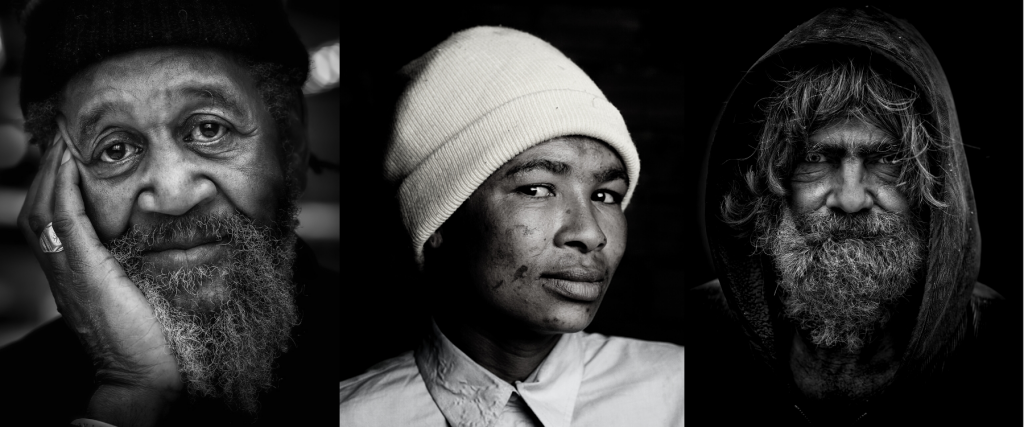
In 2020, A Way Home for Tulsa released its 2020-2024 Strategic Plan . The strategies outlined in this plan emphasize not only housing people currently experiencing homelessness in Tulsa, but also proactively preventing future homelessness among Tulsa’s citizens. Central to this plan is the transformation of homeless systems of care to be more effective, equitable, and person-centered. The work to make this a reality begins with understanding who our neighbors are and how homelessness looks different in each of its populations.
What we know...
- Men are more likely than women to experience chronic, unsheltered homelessness, while women are more likely to experience episodic homelessness or double up by staying with a friend or family member temporarily. Source: National Alliance to End Homelessness
- Tulsa’s 2021 Point in Time Count Data shows that Black and Indigenous populations make up a larger share of the homeless population than they do of the broader Tulsa population.
- According to that same data, 49.7% of people who responded to the 2021 survey have experience with incarceration and 46.7% have experience with domestic violence.
- In the 2019 Prism Project, which assessed needs and experiences of Tulsa’s LGBTQ+ community, one in eight respondents had experienced homelessness in their lifetimes. Of those respondents, nine out of ten did not utilize shelter – with nearly 30% not doing so out of fear for safety.
Differences in identity translate to differences in the experience of and pathways out of homelessness.
- For a woman whose history of homelessness is dotted with stays in other people’s apartments, formally documenting homelessness can be difficult and painful.
- For men experiencing unsheltered homelessness, one of the only ways to access case management may be through a street outreach program whose case workers operate within encampments.
- For an LGBTQ+ person experiencing homelessness, lack of understanding around nuances in gender and sexuality among team members can stifle the trust a case manager is trying to build.
In each of these cases, we have an opportunity to adjust and meet the needs of varying populations while ultimately pursuing the goal of making homelessness in Tulsa rare, brief, and non-recurring. Flexibility in documentation requirements, funding for street outreach programs, and dedication to diversity and equity training can give us the tools to achieve our goals and provide the best support to community members who are experiencing homelessness.
In the coming months, we’ll zoom in on pockets of Tulsa’s populations, such as Black, Indigenous, and LGBTQ+ people, and analyze their experience of homelessness – including how they typically arrive to homelessness, their barriers for escaping it, and the resources available in our community.
In the meantime, you can check out our Data Dashboards for a further peek into the demographic breakdown of those experiencing homelessness and participating in our community’s programs.




